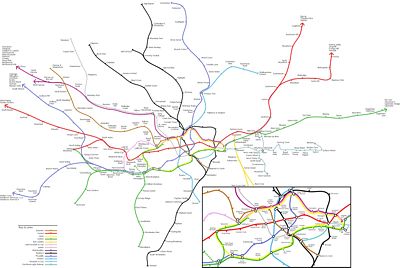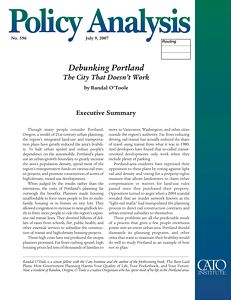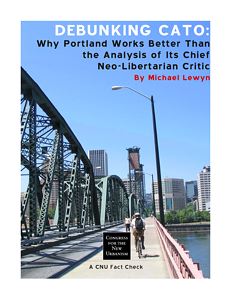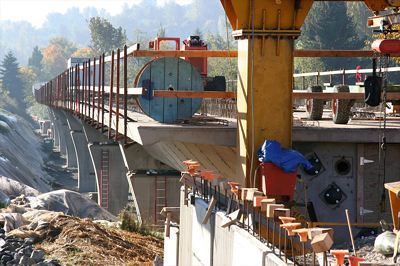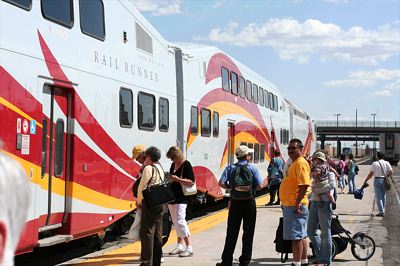The nation’s worst-performing light-rail system celebrated its 20th anniversary a few days ago, and in honor of the occasion the San Jose Mercury News published a review that tries, but fails, to be positive.
Thanks to the high cost of light rail and the foolish decisions of the Valley Transportation Authority’s, the article notes, VTA is forced to cut bus service again this January. VTA is actually considering spending $334 million extending one of its lines in a project that is projected to attract less than 2,200 riders a day.
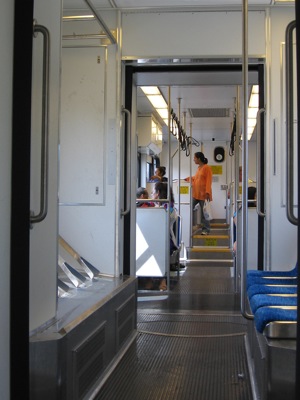
The average U.S. light-rail car carries 26 people, but the average San Jose light-rail car carries less than 15 people.
Flickr photo by skew-t.
Today’s situation “is a long way from transit heaven,” the article admits, pointing out that — thanks to previous service cuts — bus ridership dropped by more than a third in the early 2000s and hasn’t come close to recovering since.

